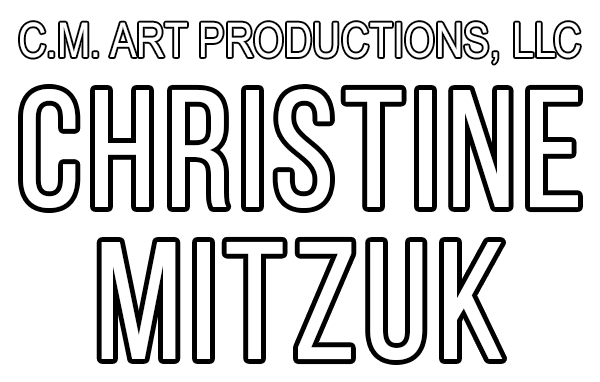When working on a picture it’s easy for things to look “right” after a time, even when there’s a drawing error. Here’s a list of several ways I use to check my work, looking for drawing errors, or weak design.
Shrink it
I shrink my work to check if the design reads well, if there’s unity with the values, if the silhouette is clear, if the details I want to show are visible. Here are the ways I do this:
 Reducing Lens – pretty handy. It looks like a magnifying lens but the lens in slightly concave. Unfortunately I don’t know if they’re made anymore.
Reducing Lens – pretty handy. It looks like a magnifying lens but the lens in slightly concave. Unfortunately I don’t know if they’re made anymore.- Binoculars in reverse – look through the opposite end of a pair of binoculars.
- Camera phone – these days I think the camera phone is probably more available to most people that the previous 2 options. Take a picture of the work and review it on the phone even smaller.
- Step away or decrease the magnification – when working on a computer it’s easy to get caught in the chair, zooming in on a project. Scoot the chair back or stand up. Or reduce the magnification so the image is about as big as your thumb.
Reverse it
I’m so used to looking at a drawing or painting in one orientation that reversing or flipping the way I look at it oftentimes reveals some distortions or drawing errors.
- Hold it up in front of a mirror.
- Hold a mirror up at your brow, position the mirror so you see the art by looking up into the mirror.
- Put the drawing upside-down on the floor, easel, or table.
New Environment
Take the picture outside, into a different room, or just turn out the lights. Viewing it in a different lighting situation oftentimes reveals strengths and weaknesses in the value structure or size relationships in a piece.
Squint
Squinting helps group values to see if they hold together as a whole design. Values or shapes that are out of place can also become a little more noticeable.
Standard Measurements
It’s great to have photo reference and photos lie. By knowing some guidelines for standard measurements of human anatomy, the lies can be countered. Andrew Loomis’ book “Figure Drawing for All It’s Worth” is a great resource for this. If you can get if from your local bookstore, all the better.
Second Pair of Eyes
Sometimes I just can’t see the errors anymore. It just looks “right”. Having someone else look at the picture helps a lot. This could be a peer review group, or a trusted friend or family member. It seems like most people can at the very least say that something seems off even if they can’t specifically name it.
If anyone has other ways they use to check their work I’d love to hear about them!
